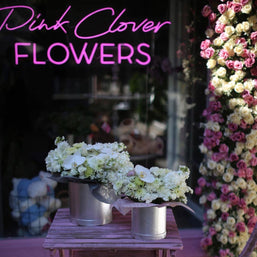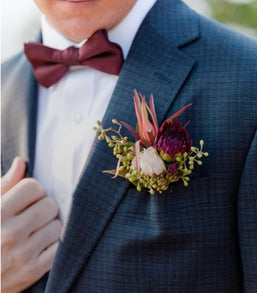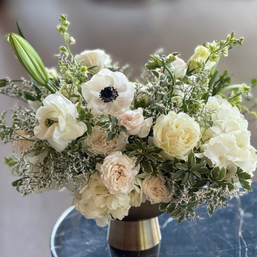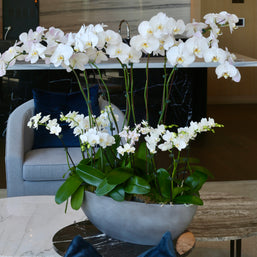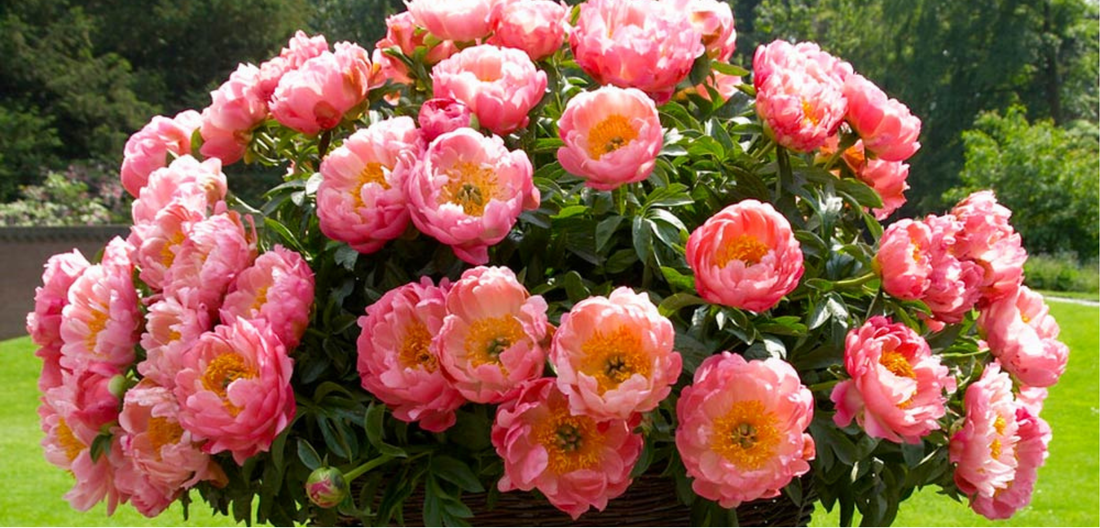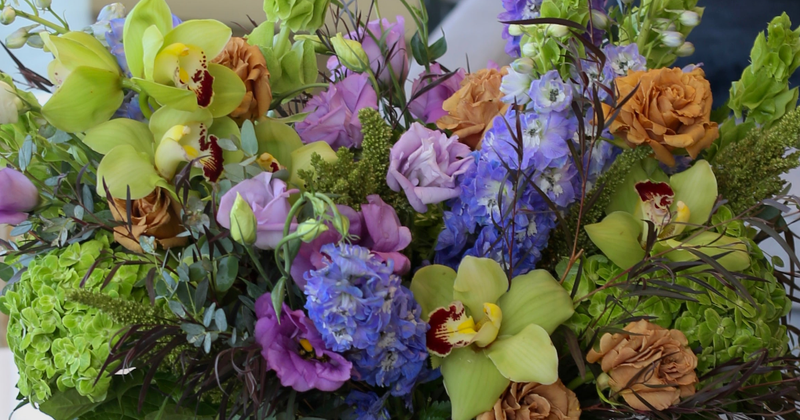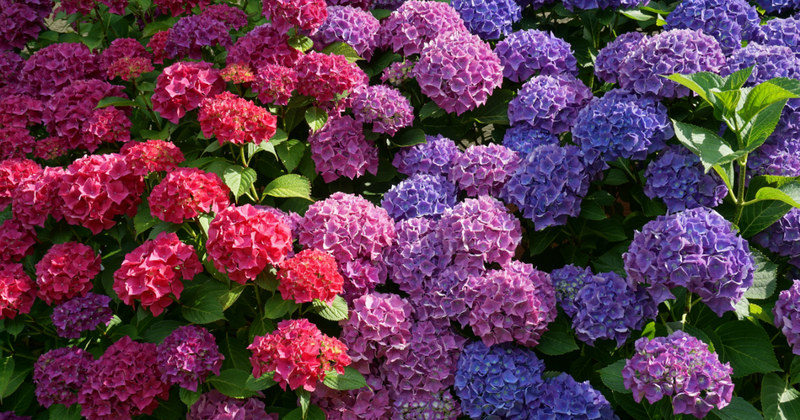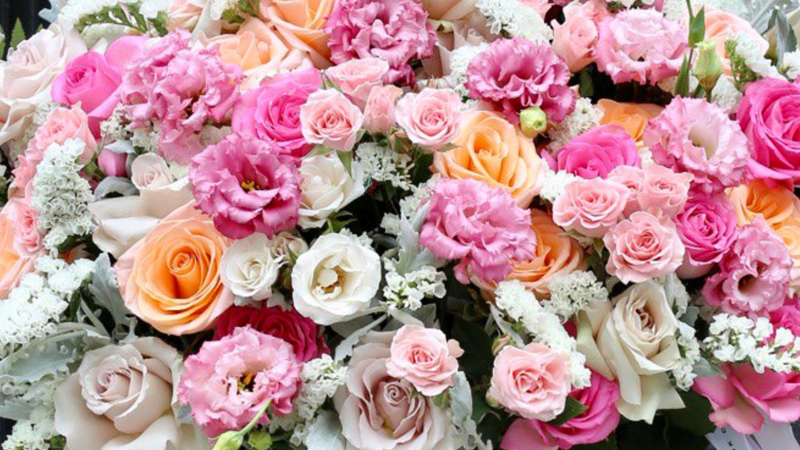Few flowers capture the imagination like the peony. With lush, cloud-like blooms and a scent that ranges from delicate to intoxicating, peonies have inspired myths, celebrations, and works of art for thousands of years. From ancient Chinese gardens to modern wedding bouquets, they symbolize romance, prosperity, honor, and the fleeting beauty of life.
This comprehensive guide explores every facet of peonies: their deep symbolism across cultures, fascinating history, practical care tips, and creative ways to feature them at home and in celebrations.
Peony Symbolism Around the World

Peonies carry layers of meaning that vary by culture, color, and era. Across continents, they have long stood as more than ornamental flowers, weaving themselves into myths, ceremonies, and daily life.
Love and Marriage
In many traditions, peonies symbolize enduring love and a joyful marriage. They have been a classic wedding flower across Europe and North America for centuries, admired for their full, rounded blooms that suggest abundance and a happy future. Couples often choose peonies for bridal bouquets and centerpieces because the flowers are believed to bring luck, fertility, and a strong, lasting partnership. Their fragrance and soft texture add to the sense of romance, making them a natural emblem of affection and commitment.
Prosperity and Honor
In China, peonies hold an even grander meaning. Known as the “king of flowers,” they represent wealth, honor, and high social standing. During the Tang dynasty, the blooms were so valued that only royalty and the elite could grow them in palace gardens. Paintings, poems, and porcelain from this period often feature peonies as symbols of success and good fortune. Even today, major festivals in cities like Luoyang celebrate the peony’s royal legacy, reinforcing its reputation as a sign of prosperity and cultural pride.
Healing and Protection
Ancient Greek mythology links the peony to medicine and protection. The flower’s name comes from Paeon, the physician of the gods, who was said to have discovered its healing powers. According to legend, Zeus transformed Paeon into the peony plant to shield him from the jealousy of his teacher, Asclepius. Inspired by this tale, early herbalists used peony roots and seeds as remedies for ailments ranging from headaches and fevers to complications during childbirth. Throughout Europe and Asia, people believed that keeping dried peony petals or seeds in the home could guard against illness and bring peace of mind, cementing its status as a flower of health and protection.
Renewal and Good Fortune
In Japan, the peony stands for bravery, a fulfilling life, and good fortune. It often appears in traditional woodblock prints and tattoos, sometimes paired with lions or dragons to represent a balance of power and beauty. Japanese gardeners prize peonies for their ability to return each spring with striking blooms, seeing them as a reminder of perseverance and renewal after the hardships of winter. Because of these qualities, the peony is a popular motif for celebrations and festivals, offering a wish for prosperity and a life well lived.
Peony Color Meanings: From Blush to Burgundy

The color of a peony can add a specific nuance to its message, giving each bloom its own voice and significance.
Pink
Pink peonies are the classic symbol of romance, affection, and sweet beginnings. Their soft, delicate petals make them a favorite for weddings, engagements, and anniversaries. A bouquet of pink peonies is often seen as a wish for love to flourish and a relationship to stay strong for years to come. They also work beautifully as a gesture of appreciation between friends or family members when you want to convey admiration and warmth.
White
White peonies carry a quiet elegance and are closely associated with purity, humility, and remembrance. They are often chosen for wedding bouquets to represent a fresh start and a clean chapter in life, but they are equally fitting for memorial services or occasions that call for reflection and respect. Their luminous petals bring a peaceful, serene feeling to any setting.
Red
Red peonies stand for passion, honor, and deep respect. Their rich, dramatic color conveys strong emotions and is a powerful choice when celebrating major achievements or expressing lasting devotion. In many cultures, red flowers have long been linked to strength and vitality, and red peonies continue that tradition as a striking emblem of love and admiration.
Coral
Coral peonies, with their warm and energetic hue, symbolize joy, excitement, and new adventures. They are ideal for birthdays, housewarmings, or any event that celebrates fresh starts and lively spirits. Their vibrant shade adds a burst of happiness to arrangements and instantly brightens the atmosphere of a room or celebration.
Yellow or Gold
Yellow and golden peonies are less common but treasured for their connection to prosperity, happiness, and good luck. These sunny blooms are often given to wish someone success in a new venture, offer congratulations for a promotion, or bring cheerful energy to a home. Their golden glow adds a sense of abundance and optimism wherever they appear.
When gifting or decorating with peonies, selecting the right color allows you to match the flower’s natural beauty with a meaning that perfectly fits the occasion, making every bouquet more personal and memorable.
A Journey Through History
Ancient Origins
Peonies are native to Asia, Europe, and Western North America. Chinese records show cultivation as early as 1000 BCE, where imperial gardens displayed rare varieties as a sign of prestige.
Greek Mythology
The name “peony” comes from Paeon, a student of Asclepius, the Greek god of medicine. Legend says Zeus turned Paeon into the peony plant to protect him from his teacher’s jealousy.
Silk Road Travelers
By the Middle Ages, peonies reached Europe through the Silk Road. Monks grew them in monastery gardens for both medicinal and ornamental purposes.
Types of Peonies
Peonies fall into three main categories, each with its own growth habits, care needs, and visual appeal. Understanding these types can help gardeners choose the right variety for their climate and design goals.
Herbaceous Peonies
Herbaceous peonies are the most common and beloved type for home gardens. They die back completely to the ground each winter and send up fresh shoots every spring, rewarding growers with lush foliage and big, soft blooms. Their flowers come in a wide range of colors and forms, from single petals to fully double varieties that look like ruffled clouds. Because they return year after year with minimal effort, they are a dependable favorite for borders, perennial beds, and cut-flower arrangements.
Tree Peonies
Tree peonies differ from herbaceous types by maintaining woody stems that stay above ground throughout the year. These shrubs produce spectacular, larger blossoms—often with delicate, ruffled petals and striking colors that range from pastel shades to deep, dramatic tones. Tree peonies bloom a little earlier than their herbaceous relatives and add a sculptural element to the garden even when not in flower, thanks to their sturdy framework and attractive foliage. Their long-lasting blooms and graceful shape give them an exotic, almost regal presence in any landscape.
Intersectional (Itoh) Hybrids
Intersectional peonies, often called Itoh hybrids, are a cross between herbaceous and tree peonies, combining the best traits of both. They feature strong, upright stems that rarely need staking, large and vividly colored flowers, and a bloom period that can extend later into the season. Gardeners appreciate their resilience, long-lasting blossoms, and the way their foliage stays attractive well into autumn. Intersectional peonies are an excellent choice for anyone who wants exceptional flowers with the ease of herbaceous care and the dramatic look of tree varieties.
Growing Peonies at Home

Peonies are remarkably easy to care for once they have settled into the garden, rewarding even beginner gardeners with decades of stunning blooms. Proper planting and a little attention during the growing season set them up for a lifetime of healthy growth.
Planting
Choose a location with full sun, ideally at least six hours of direct light each day, and soil that drains well. Heavy, soggy ground can lead to root rot, so amend clay soils with compost or sand if necessary. When planting bare-root tubers, set the buds—often called “eyes”—about one to two inches below the soil surface. Planting them deeper may delay or reduce flowering. Early fall is the best time to plant, giving roots time to establish before winter.
Care
Peonies prefer moderate watering. Provide a deep soak during dry spells, but avoid letting the soil stay waterlogged. A balanced, slow-release fertilizer applied in early spring, just as shoots begin to emerge, helps encourage strong stems and abundant blossoms. As the buds develop, the weight of large flowers can cause stems to droop, so consider using a simple stake or a peony support ring to keep the blooms upright and well displayed. Removing spent flowers after blooming keeps the plant tidy and can direct energy back to the roots for next year’s growth.
Longevity
One of the most appealing traits of peonies is their incredible lifespan. When planted in the right spot and left undisturbed, they can thrive for fifty years or more. Many gardeners treat them as heirloom plants, passing mature clumps down through generations. With minimal maintenance and a little patience during the first couple of years, a single planting can provide a lifetime of lush, fragrant flowers season after season.
Peonies in Weddings and Events

Peonies remain one of the most sought-after flowers for weddings and special celebrations, prized for both their rich symbolism and their breathtaking beauty. Their lush petals and gentle fragrance create a romantic atmosphere that few other blooms can match, making them a natural choice for everything from intimate ceremonies to grand receptions.
Bouquets
With their full, rounded blossoms, peonies add instant luxury to bridal bouquets. Their soft layers of petals convey love, prosperity, and happiness—meanings that align perfectly with the spirit of marriage. Brides often select pink or white varieties for a classic, romantic look, while deeper reds or coral tones can create a striking modern statement. Peonies also pair well with delicate greenery or trailing vines, giving bouquets a fresh, textured finish.
Centerpieces
Just a handful of peony stems can fill a vase and create a dramatic centerpiece. Their generous size and rich color mean fewer stems are needed to make an impact, allowing planners to create lavish table displays with minimal effort. Whether arranged alone for a clean, sculptural effect or mixed with complementary blooms, peonies bring a sense of abundance and elegance to reception tables, welcome areas, or cocktail lounges.
Color Palette
Peonies blend seamlessly with other beloved wedding flowers such as roses, ranunculus, and hydrangeas, offering endless possibilities for soft and elegant arrangements. Their broad range of colors—from pure white and blush pink to vibrant coral and deep burgundy—makes it easy to match any wedding theme or seasonal palette. This versatility allows florists to design everything from classic pastel arrangements to bold, contemporary combinations, ensuring that peonies enhance the beauty of every celebration.
Peonies in Art and Literature
Artists from Claude Monet to modern photographers have celebrated peonies for their shape and symbolism. In Chinese brush painting, they often appear alongside birds and butterflies, representing harmony and abundance.
Key Takeaways
Peonies hold a rich tapestry of meaning that transcends cultures and centuries. They are celebrated worldwide as symbols of romance, prosperity, and honor, appearing in everything from ancient legends to modern celebrations.
These enduring plants reward patience and minimal care, thriving for decades—often more than fifty years—in the same spot. Once established, they return each spring with lush, fragrant blooms that require only basic maintenance to keep them flourishing.
Their story stretches from imperial gardens in ancient China to today’s wedding bouquets and home décor, reflecting both their timeless appeal and their deep connection to tradition.
Color adds another layer to their symbolism. From soft pinks that speak of love and new beginnings to vibrant reds that convey passion and respect, each shade brings its own meaning, making peonies a thoughtful choice for gifts, décor, and memorable occasions.
Frequently Asked Questions About Peonies
Q: What do peonies symbolize?
A: Peonies symbolize love, prosperity, honor, and good fortune. In Chinese culture they are known as the “king of flowers” and represent wealth and status.
Q: How long do peony plants live?
A: With proper care, peonies can thrive in the same spot for 50 years or more, blooming each spring.
Q: When is peony season?
A: Peak blooming season is late spring to early summer, typically May through June depending on climate.
Q: What colors of peonies are most popular?
A: Pink, white, red, and coral are the most common, each carrying different symbolic meanings.
Q: How do I make cut peonies last longer in a vase?
A: Cut when buds are soft but not fully open, remove lower leaves, and keep them in cool water with flower food. Storing stems in the refrigerator overnight can extend their vase life.
Q: Can peonies grow in warm climates?
A: Yes, but they need a period of winter chill to bloom well. Choose varieties suited to your USDA zone for best results.
